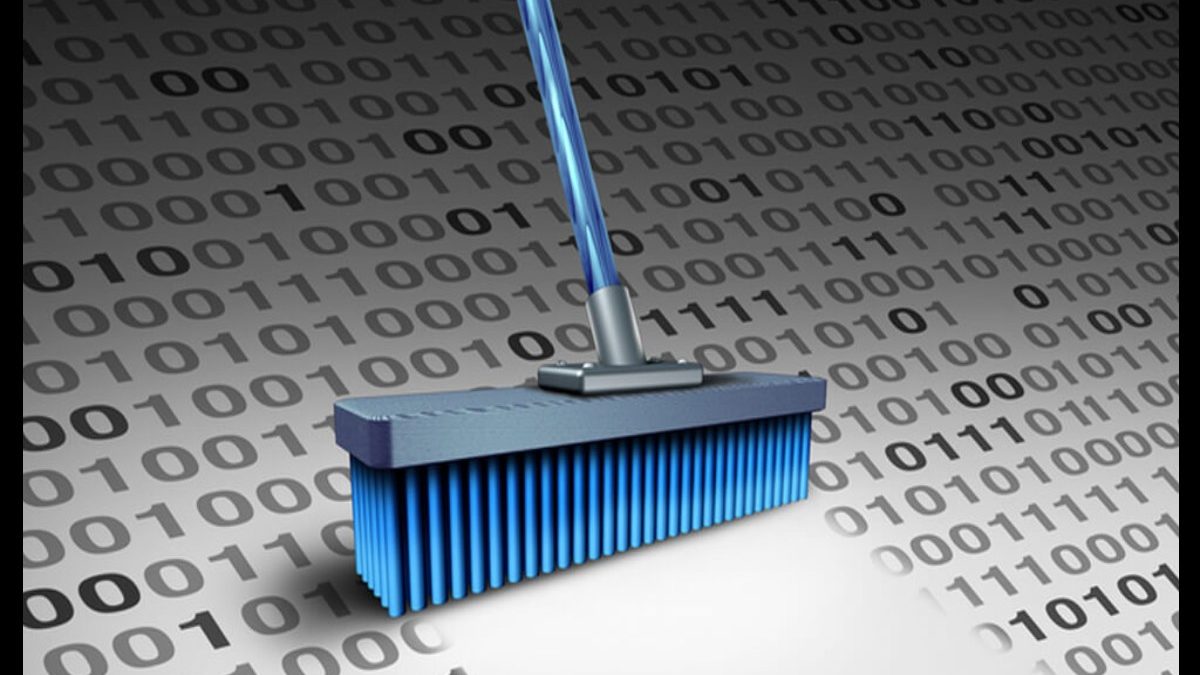Clean Data: Companies generate and use vast amounts of data for well-founded decision-making in order to provide their customers with the best possible customer experience and also to be able to make reliable predictions. Besides, data is essential to effectively implement IT security and protect sensitive, company-critical, and personal data.
Cybersecurity Asia Pacific explains why data cleansing is critical for security-critical data analysis.
In November of last year, the Berlin data protection authority imposed a fine of 14.5 million euros on the Deutsche Wohnen housing company. Because it used an archive system that did not provide for the deletion of personal data was no longer required. British Airways has to pay the highest fine to date: almost 205 million euros for violating the General Data Protection Regulation (GDPR). If you take data protection lightly, it can cost a company dearly.
It is all the more essential to establish the right tools and methods in your own IT security strategy. This not only protects against impending fines but also in the long term against attacks by cybercriminals and the associated damage to reputation and loss of sales.

Table of Contents
Data as the Base for Permanent IT Security
The implementation of IT security can only be effective if companies allow the collected and analyzed data. And the insights gained to flow into the security strategy. By analyzing the data, security experts at the Security Operation Center can spot patterns and changes that indicate unusual activity. This allows weak points as well as acute and potential threats to be identified early and proactively and quickly remedied.
Companies don’t lack data – on the contrary. The problem is often that they cannot fully exploit the data’s full potential due to insufficient data quality. In order to carry out a reliable evaluation and to be able to draw useful insights from the data basis, the use of data sets must be precise and error-free. Otherwise, they will falsify the end result. Since inconsistencies and errors can already occur during data collection, companies should establish the process of data cleansing.
Clean Data – The Three Stones that Makes up the Base
Before starting the actual data cleaning process with the help of special data cleaning tools, they should identify the correct data set. It must be relevant for solving a problem, answering a question, or achieving a defined goal. After the selection of the core data set, and creation of a backup, the actual cleanup process takes place. The main concern here is that the experts use the data fields to search for errors. And inconsistencies within the data set and correct them to prevent later anomalies and disruptive factors.
The following abnormalities and measures must be observed during the clean data:
- Identify and remove irrelevant data for the purpose
- Remove duplicates
- Correct syntax and typing errors as well as invalid (spaces) characters in text fields
- Normalize varying spellings and abbreviations
- Correct numerical errors (e.g., rounding error or integer overflow)
- normalize temporal data (e.g., time or date information)
But be careful: The more data you remove without normalizing it, the more likely there is a deterioration in the quality of the entire data set. And, consequently, of the conclusions drawn from the data. An example: As soon as it removes the data from a country who recognizes it’s data format been as incorrect, information relevant to the objective may be lost.
In the next step, they should record the changes made and recheck it. This can reveal further, previously unknown errors. Data cleansing is an iterative process that leads to better data quality in the long term and, consequently, to effective and proactive IT security.

